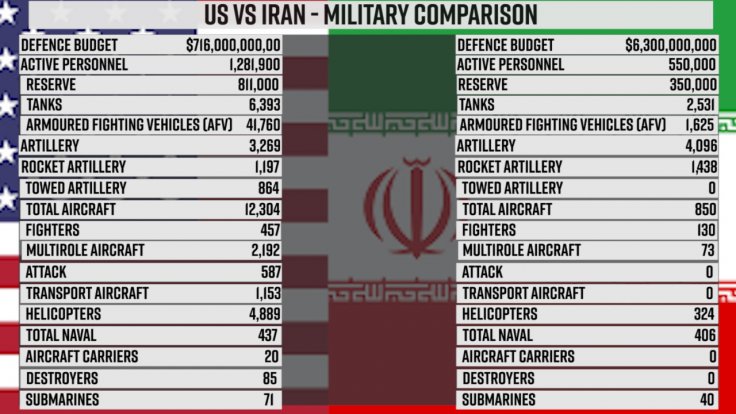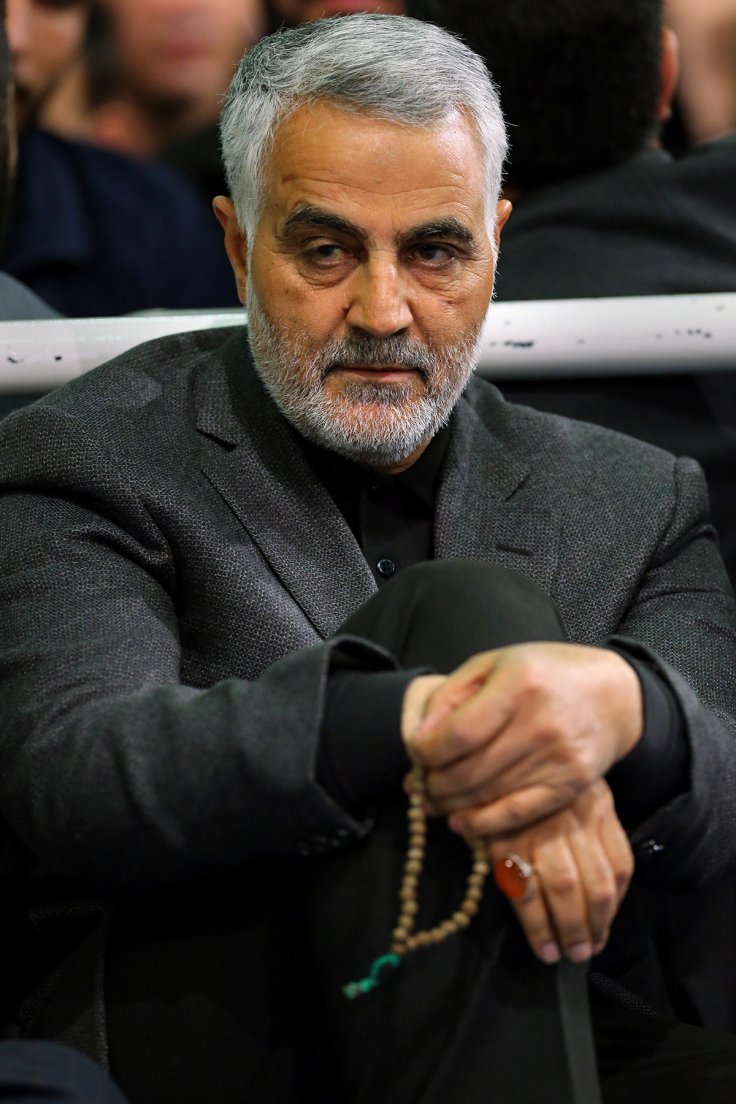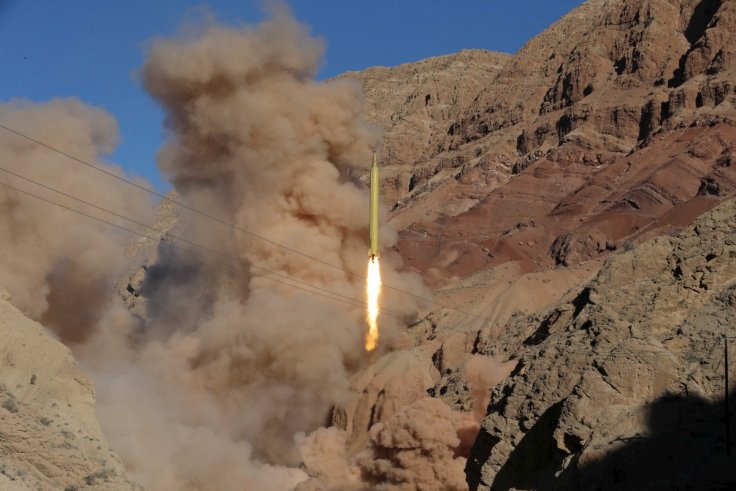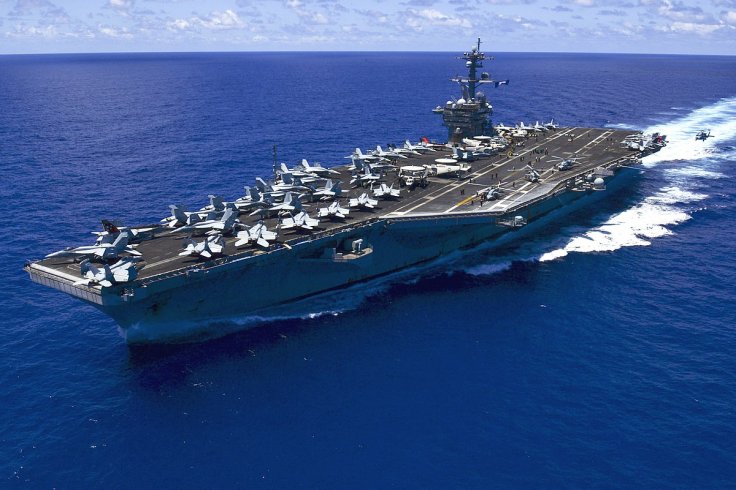If a war breaks out between the United States and Iran, it will be an asymmetrical war. Much as Iran's armed forces are known for their valour, their weapons and military size are dwarfed by those of the US, which is the world's number one military power. By comparison, Iran sits on the 14th place in the list.
US President Donald Trump has categorically said his country doesn't want to start a war in the region, while Tehran has said revenge for the killing of General Qasem Soleimani is guaranteed. The killing of Soleimani stunned Iran, which has been engaged in a low-key war with the US ever since the Islamic Revolution of 1979. If the US embassy siege following the Revolution was the biggest Iranian affront on the US in the ongoing hostilities, the taking down of Soleimani is the biggest injury Tehran has ever suffered at the US hands.

While the whole world watches the Middle East theatre anxiously, the fact remains that the US is far too powerful an adversary for Iran. The US dominates Iran in all aspects of warfare and is supported by an indomitable network of intelligence apparatus in the region. The US also has powerful allies in the region such as Saudi Arabia and Israel.
Iran, on the other hand, has an incredibly driven and committed military but its hardware is no match for the advanced US weaponry. One great advantage Iran will have, though, is that the war, if it breaks out, will be fought in its sphere of influence. The US, notwithstanding its superior military prowess, has not scored unambiguous military victories overseas in recent times. Iran could also inflict huge damage on the US assets using the proxies it nurtures in the region.

Trump has warned Iran that if its retaliation to Soleimani's killing goes overboard, the response would be severe and swift. However, geopolitical experts don't think the US will delve into a full-scale war with Iran that involves ground invasion. In all likelihood, the severest US reaction would be limited to airstrikes in key Iranian targets.
Here's a look at how the two militaries square up:
Active personnel
The US dominates in the count of soldiers, with nearly 1.3 million active personnel on duty. Nearly half a million soldiers sit on the reserve list at any time. Though the US has the most military heft in the world its military is not as numerically strong as that of India's or China's. By comparison, Iran has less than half of the military strength of the US in terms of active personnel on duty, at around 5,60,000.
Tanks, artillery and AFV

The US has a total of 6 393 tanks and 41 760 armoured fighting vehicles (AFV). The artillery count is at 3 269, while rocket artillery number stands at 1 197. By comparison, Iran has 2 531 tanks and 1 625 AFVs. Artillery numbers stand at 4 096 while It also has 1 438 Rocket artillery.
Airpower
The US has a whopping total of 12 304 aircraft while Iran has only 850. The United States also has 57 Fighters, 2 192 Multirole aircraft and 587 Attack planes. The number of Transports stands at 1153 while it also has 4 889 helicopters. In comparison, Iran has 130 Fighters, 73 Multiroles and 324 Helicopters.
Naval capability

The US has a total of 437 vessels, including 20 Aircraft carriers, 85 Destroyers, 71 Submarines, 22 Frigates and 15 Corvettes. Iran has 406 vessels in total including 40 submarines. It has no Aircraft carrier or destroyer. While the Us has 33 major ports and terminals Iran has only 3.
Nuclear power
While the US has 6500 nuclear warheads, Iran has none, though the county is estimated to have the capacity to develop one in the next 1-2 years of unfettered attempts.









